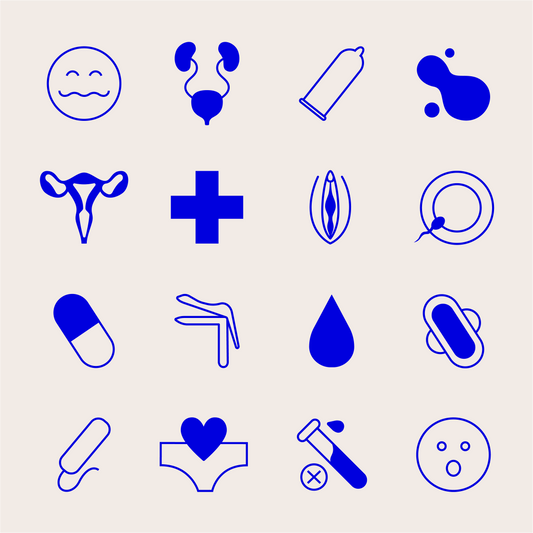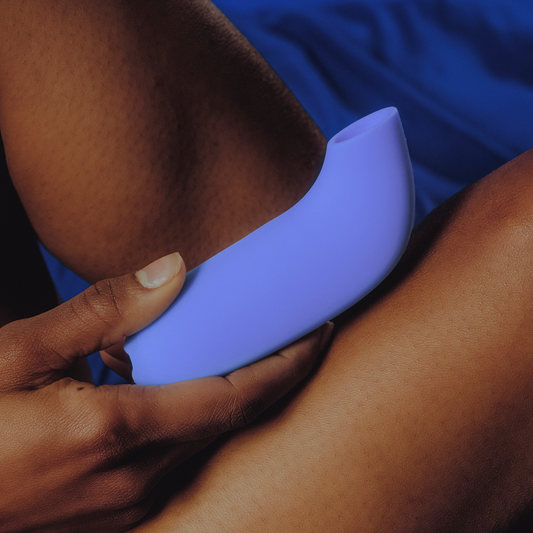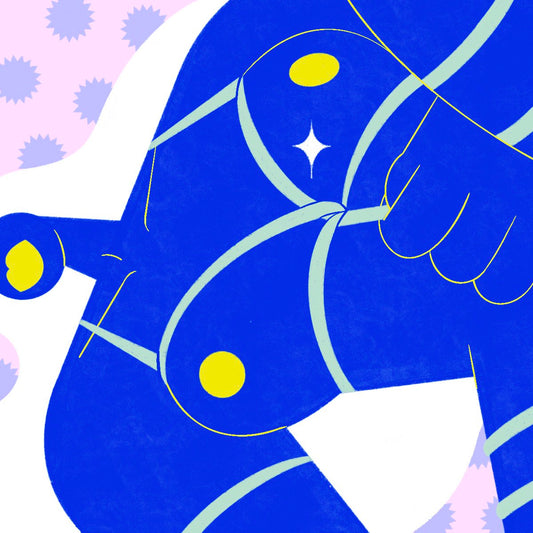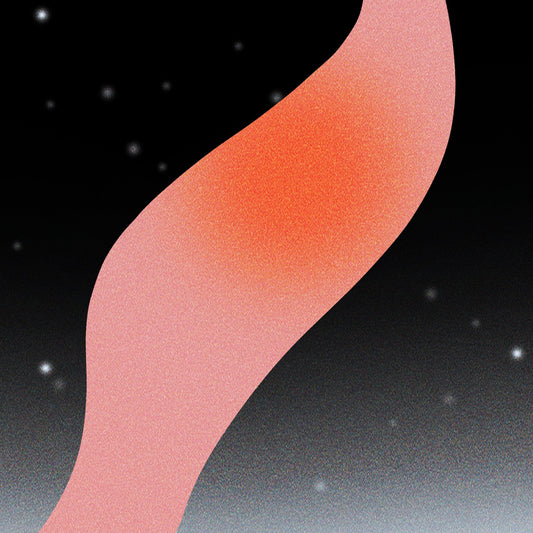You’re getting ready to get busy in the sack, but what’s actually going on that makes the magic happen? Whether you’re solo or partnered, arousal is a big player in how and why we feel sexual pleasure. Arousal is a complex experience. Diving deeper into how arousal works can help us to maximize our pleasure and make the most of our sexual experiences.
Basic anatomy of arousal
It’s easy to simplify the arousal to the local and obvious effects in the happening in the genitals. This includes things like vaginal lubrication, clitoral erection and penile erection (remember that the penis and the clitoris are analogous structures and function in similar ways during arousal!). But the truth is that arousal is truly a whole body response. Arousal is complex and requires input from both the somatic nervous system (touch) and the autonomic nervous system (fight or flight/rest and digest). Your mental health has an impact on arousal, too- past experiences, like trauma, or conditions like depression can alter how you feel pleasure and what feels safe.
During arousal, the somatic nervous system lets us know we’re being touched. There are many different types of touch receptors (mechanoreceptors)- some more sensitive to light touch, some more sensitive to vibration, others to deep pressure. They are highly concentrated in the genitals (duh), but also in other areas of the body, making up erogenous zones.
During arousal, the autonomic nervous system is responsible for…
- Dilation of blood vessels, which can cause erection of a clitoris or a penis
- Stimulation of secretions from the glands around the vagina or prostate, providing lubrication
- Contraction of the smooth muscle during ejaculation or rhythmic vaginal contractions during orgasm
- Contraction of the pelvic floor muscles during orgasm
But all these physical changes don’t happen at once, so let’s explore what specifically is happening in each phase of the arousal cycle.
Four phases of the arousal cycle
The arousal cycle, often called the sexual response cycle, is divided into four phases. It’s been around since 1966. This cycle occurs both with solo or partnered play. Each person will have an individual experience, so each and every one of these changes may not happen in your body, and that’s ok.
Excitement: let’s get this party started. This is the first phase of the arousal cycle, meaning foreplay, foreplay, foreplay, and can last a few minutes to several hours.
For all genders….
- Muscles begin to tighten as their tone increases
- Increased blood flow to the skin causes flushing, which can cause redness on the back or chest
- Nipples start to harden (and for people with breasts, swelling can occur here, too)
- The heart rate increases to pump more blood to these structures
- Increased blood flow to the genitals causes an erection of the penis or the clitoris
For vulva owners…
- Swelling of the labia minora
- Vaginal lubrication begins thanks to Skene’s glands and Bartholin’s glands (though this can be affected by things like age, breastfeeding, medications)
For penis owners…
- Pre-ejaculate (pre-cum) is secreted, mainly by Cowper’s glands
- The testicles swell scrotum tightens around them
Plateau: the body ramps up to prepare for orgasm, and is essentially a continuation of the first phase. During a quickie, this phase can be fairly short, but it can also be luxuriously drawn out if you’ve got time on your hands.
For all genders…
- Breathing, heart rate and blood pressure rise thanks to the sympathetic (fight or flight) nervous system
- Spasms may occur in the muscles of the feet, face and hands
- Muscles in other areas of the body tighten
For vulva owners…
- Even more blood flows to the vulva and can cause a dark purple color to occur
- Sensitivity for the clitoris increases (and especially true for folks taking testosterone as HRT, which can cause clitoromegaly as the body grows more erectile tissue). The clitoris can retract under the prepuce (hood), analogous to the foreskin of the penis, to decrease stimulation
For penis owners…
- The scrotum tightens around the testicles
Orgasm: we made it, baby! This is the shortest phase of the arousal cycle, lasting only a few seconds, but producing incredibly pleasurable sensations.
For all genders…
- Blood pressure, heart rate and breathing all reach their peak to quickly bring oxygen into the body
- Muscle spasms may occur, especially in the feet
- Sexual tension eases
- Flushing of the skin can occur
For vulva owners…
- The pelvic floor muscles contract
- The uterus contracts rhythmically
For penis owners
- The pelvic floor muscles at the base of the penis contract, resulting in ejaculation
Resolution: it’s recovery time. Heart rate, blood pressure and breathing all start to wind down to return to normal rates. Plasma oxytocin (the ‘love hormone’) peaks during orgasm and lingers in this phase, which can cause feelings of closeness and bonding for all genders. This is also the time where the body enters a refractory period, or a period of time where another orgasm can’t occur- kind of like after you flush a toilet and can’t immediately flush it again.
How to maximize pleasure in each phase
Now that we’re familiar with each stage of the arousal cycle, it’s time to learn how we can maximize pleasure in each stage.
- Arousal: good circulation in the entire body is key in this phase, from getting an erection to increasing sensitivity of the clitoris and vulva. Many things can improve circulation, such as exercise (especially resistance training like weight lifting) and smoking cessation. Also critical in this phase, if you’re partnered, is frequent communication. Pay attention and ask questions regarding what’s arousing to your partner, know that this may vary from day to day and that arousal may look different for everyone.
- Plateau: switch up the stimulation for yourself or for your partner! Oral and manual stimulation are good places to start, and using a vibrator can all create pleasurable experiences. Visual and verbal stimuli (watching porn, talking dirty) can also intensify this phase. This is also an excellent time to practice edging, taking someone to the brink of an orgasm before pulling back.
- Orgasm: though not causative, there may be some truth to doing your pelvic floor exercises (Kegels) for a stronger orgasm. A strong pelvic floor is associated with increased sexual activity. Frequency of orgasm can also be correlated with pelvic floor muscle endurance. Find a pelvic floor PT near you if you’re looking for help to strengthen your pelvic floor!
- Resolution: recharge your batteries. This stage is often marked by fatigue, so grab a snack, some water, and make the most of that oxytocin release with snuggling.
Armed with this knowledge of the arousal cycle, you can make the most of your pleasure in each and every phase.



























